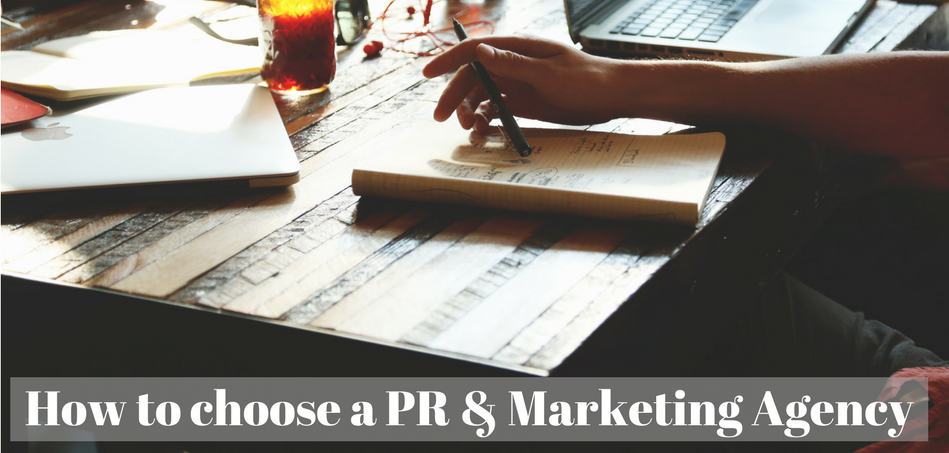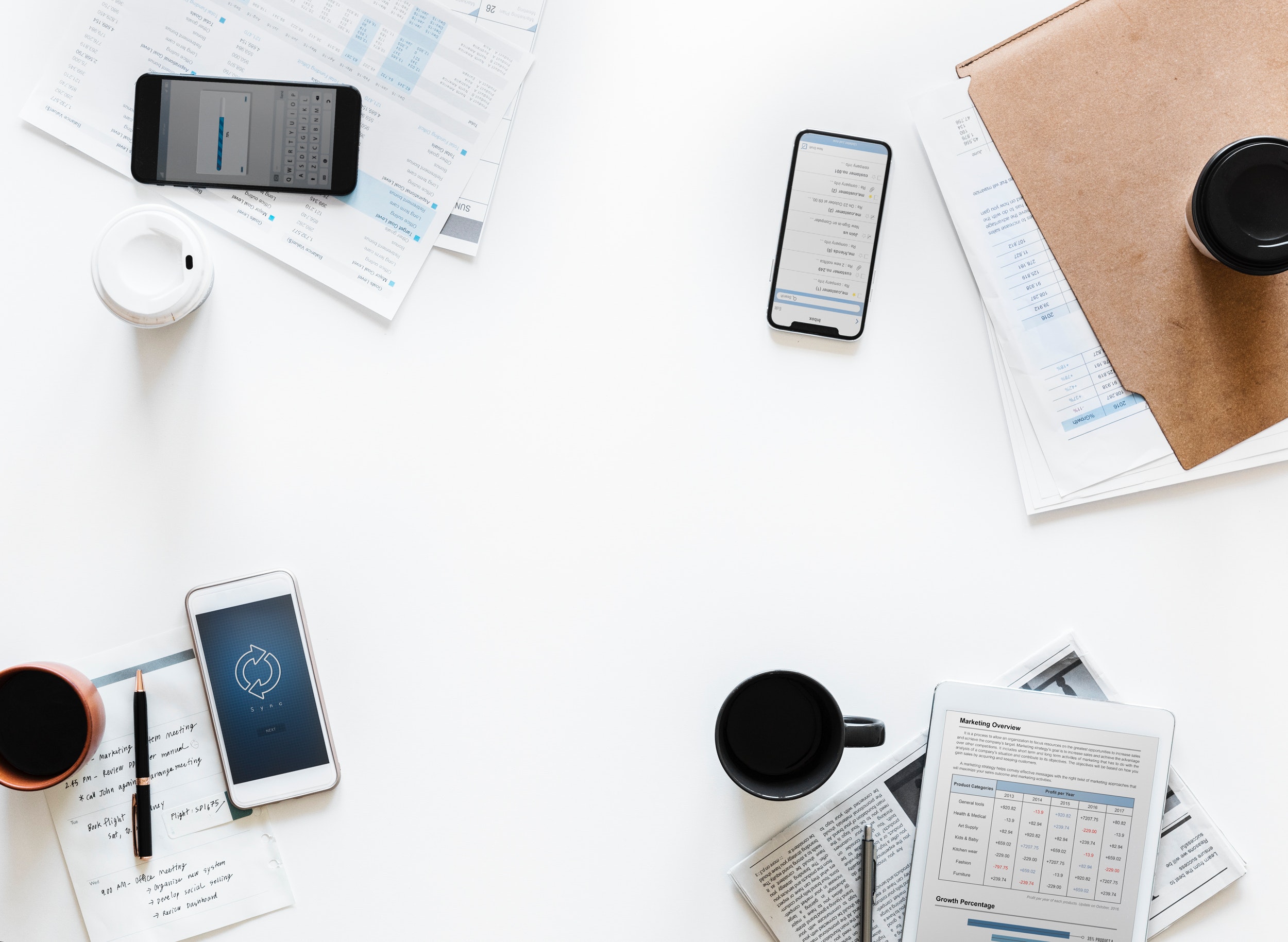Does this sight look familiar?
Then you could be one of the many who are back to work after your long summer holiday and faced with one of the downsides of technology. The sheer volume of emails that are lying in wait for you.
But where do you start?
Here are some tips from us as to how to get your inbox into a manageable state before your tan fades:
1) Chat to your colleagues for a general update. You will learn more in a conversation than the time it takes to read all your emails. And this will mean that you can skim over content that you are already aware of when you see the emails later.
2) Sort your inbox alphabetically by Sender. Find your boss(es) and/or major clients’ emails first. Read these (and flag them) before you do anything else. Put these into priority and spend the rest of the day or week working on these.
3) Look out for emails which also say READ THIS FIRST, URGENT or IMPORTANT or are marked as High Priority (and check if they really are). Something Urgent dated 2 weeks ago, should have already been actioned).
4) Sort your inbox alphabetically by Subject. This will help you to delete emails that are earlier conversations of an ongoing thread. Just watch out for attachments as new files could have been added.
5) During coffee or tea breaks – with inbox sorted alphabetically – delete in bulk all emails that are non essential / advertising / notifications etc – Click on first email in the group, press Shift (the up arrow) and then click on last in group to select them all and press Delete. Depending on the number of emails that you can display on your screen this will take more or less time.
NB. Think seriously about unsubscribing to irrelevant emails so that you don’t have to do this the next time around. Your colleagues will be very glad as well, if they have been given the task of monitoring your inbox in your absence.
6) Now sort by Date, and work back from the emails that are left, starting with the most recent ones. The emails that you are reading will be several screens long and will include the whole conversation (if you followed Tip 4). This will help focus your concentration on major issues, tasks and actions and their importance and priority.
7) The good news is that when (or if) you ever get to the oldest emails to read, many of them will be obsolete, and you will be left with an inbox which is easy to manage and prioritised.
We hope that these work as well for you as they do for us.






